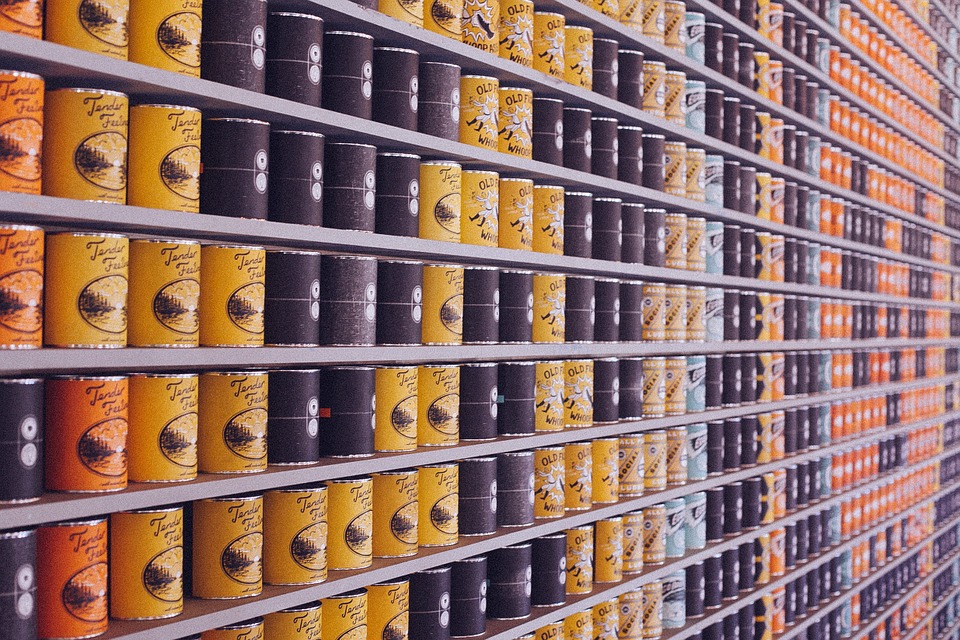Ask most people about industrial change and they will tell you technology is leading the way. Industrial components from Magswitches to anti-vibration mounts are working alongside advances in software to make the way business does business more efficient and cost-effective.
However, there are other drivers in the changing world of industry. The demand for better food packaging technology is increasing with a rising middle class worldwide that has more disposable income. The packaging machinery market will be worth 64.7 billion by 2020 and the demand is set to surge in the pharmaceutical, chemical and food & beverage industries. Asia-Pacific is one area where growth will be focused. This trend emphasizes the need for food packaging technology that is eco-friendly and can keep pace.
Modern industrial components
The demand for multifunctional systems is at the forefront for modern industrial components. These need to work hand-in-hand with digital information. With this new set of drivers comes a new set of catchphrases under the umbrella term Industry 4.0. The packaging machinery market needs to keep pace and understand the importance of machine to machine communications in this new industrial world order. Flexibility is another must have for food packaging firms competing in Industry 4.0 if they hope to satisfy this larger consumer base. Not only that, the modern Asia-Pacific customer will want greater choice and a quicker turnaround time for all goods.
On top of all the other drivers affecting tomorrow’s packaging machinery market, consumers are expecting the industry to do their part to save the planet. They demand food packaging technology that’s green and better for the environment.
Some of the areas where innovation is possible, include case forming and form fill seal machinery. Industrial components will do their part to lessen the carbon footprint created by these advances. They will also work hand-in-hand with increasingly automated systems. The changes that are forecast in the packaging machinery market can eliminate up to 630 metric tons of CO2 yearly.
That’s the equivalent of the carbon monoxide created by 125 automobile exhausts over the course of one year. Special interest groups like the Sustainable Packaging Coalition have done research that finds 73% of the companies polled have placed an increasing emphasis on sustainable packaging.
Shorter production lead times
Food packaging will also need to adapt to shorter production lead times. This means that companies supplying industrial components will need to cut costs and increase production. CAD design services and custom tooling are among what’s going to be needed to compete in this new market.
The food packaging technology industry is working with the rapid evolution of demand. An increasing client base and modern technologies are some of the drivers affecting this transformation. The makers of industrial components will need to carve out a niche in Industry 4.0 by staying innovative and sensitive to flexible market cycles. The rise in the need for vacuum and aseptic parts will partially fuel this new trend as the food packaging industry moves forward.


